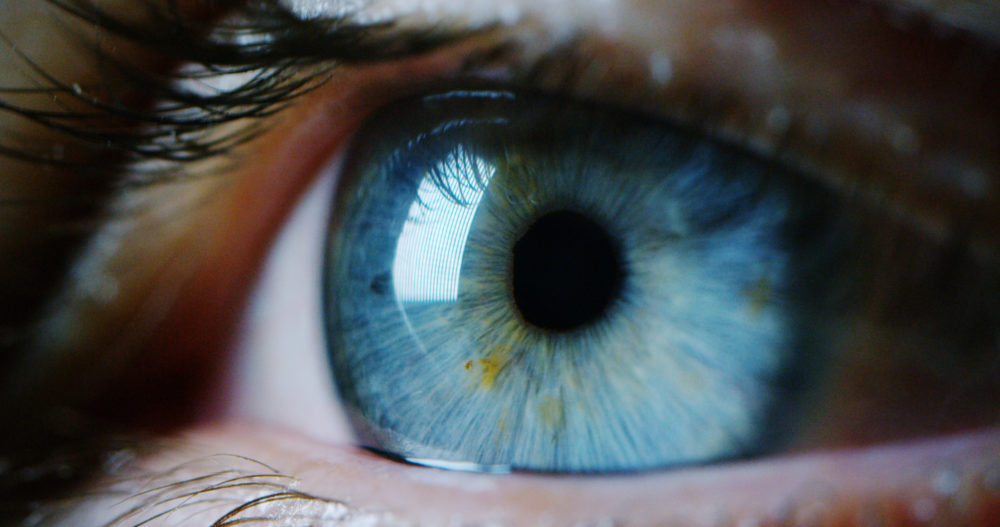Lawsuit Indicates Elmiron Caused Vision Damage, Retinal Pigmentary Changes
Side effects of Elmiron caused vision loss, pigmentary changes and other eye damage that could have been avoided if the drug maker had provided proper warnings and instructions for users and the medical community.

An Illinois woman indicates she was left with permanent retinal pigmentary changes and vision damage after using the bladder pain medication Elmiron for years, alleging in a recently filed lawsuit that the drug makers failed to adequately warn patients and the medical community about the importance of monitoring for vision problems caused by Elmiron long-term use.
The complaint (PDF) was filed last week by Conni Clodi and her husband, Dennis, pursuing claims against Janssen Pharmaceuticals and its parent company, Johnson and Johnson, as well as Teva Pharmaceuticals, as defendants.
Elmiron has been on the market for decades as a niche treatment for interstitial cystitis, also known as painful bladder syndrome. Since there is no underlying cure for the condition, many users remain on Elmiron long-term, which is now known to pose a risk of permanent retina damage, known as pigmentary maculopathy. However, warnings about the risk of eye problems were not added to the Elmiron FDA label until June 2020.
Clodi now joins hundreds of other consumers who are pursuing an Elmiron lawsuit against the drug makers, alleging that they may have avoided permanent eye damage if information about the vision risks had been disclosed.

Learn More About
Side effects of Elmiron have been associated with vision loss and retina damage known as pigmentary maculopathy.
Learn More About this Lawsuit SEE IF YOU QUALIFY FOR COMPENSATIONAccording to the lawsuit, Clodi began taking Elmiron in 2007. As a result the regular and consistent exposure to the medication, she alleges that she developed retinal pigmentary changes, which have caused progressive vision changes and damage to her eye sight. However, Clodi did not make a connection between Elmiron and her vision problems until the drug’s warning label was updated in June 2020.
“Defendants, through their affirmative misrepresentations and omissions, actively concealed from Plaintiff Connie Clodi and their physicians the true and significant risks associated with taking Elmiron,” the complaint states. “As a result of Defendants’ actions, Plaintiff Connie Clodi and their presribing physicians were unaware, and could not reasonably have known or learned through reasonable diligence, that Plaintiff Connie Clodi had been exposed to the risks identified herein, and that those risks were the direct and proximate result of Defendant’s acts, omissions and misrepresentations.”
Although independent studies and case reports published over the past decade have described cases of Elmiron causing vision damage, including blurred vision, distorted vision or blindness, the first warnings about these problems and the importance of monitoring for retinal changes was not added to the FDA label warnings until 2020. As a result, many doctors remained unaware of the connection between Elmiron and eye damage until recently, leading many users to continue taking the medication even after they developed signs or symptoms of vision side effects, further worsening the permanent damage to the retina.
“Defendants knew, or should have known, that at all times herein mentioned its Elmiron was in a defective condition, and was and is inherently dangerous and unsafe. At the time of the Plaintiff’s use of Elmiron, Elmiron was being used for the purposes and in a manner normally intended, namely for the relief of bladder pain or discomfort associated with interstitial cystitis,” Clodi’s lawsuit states. “Defendants with the knowledge voluntarily designed its Elmiron in a dangerous condition for use by the public, and in particular the Plaintiff Connie Clodi.”
The complaint filed by Clodi will be consolidated with similar claims brought by other former users throughout the federal court system, which are centralized as part of a federal multidistrict litigation (MDL) in the District of New Jersey, where the parties are engaged in coordinated discovery and preparing for a series of early “bellwether” trials scheduled to begin in January 2023.
Although the outcome of these test trials will not be binding on Clodi or other plaintiffs who have brought claims, they are expected to help the Court gauge how juries respond to certain evidence and testimony that is likely to be repeated throughout the litigation. However, unless the drug makers are able to negotiate Elmiron settlements or establish that they can consistently defend the safety of their drug at trial, hundreds of individual cases may later be remanded back to U.S. District Courts nationwide for individual jury trials nationwide in the coming years.
Get more articles like this sent directly to your inbox.
"*" indicates required fields






0 Comments